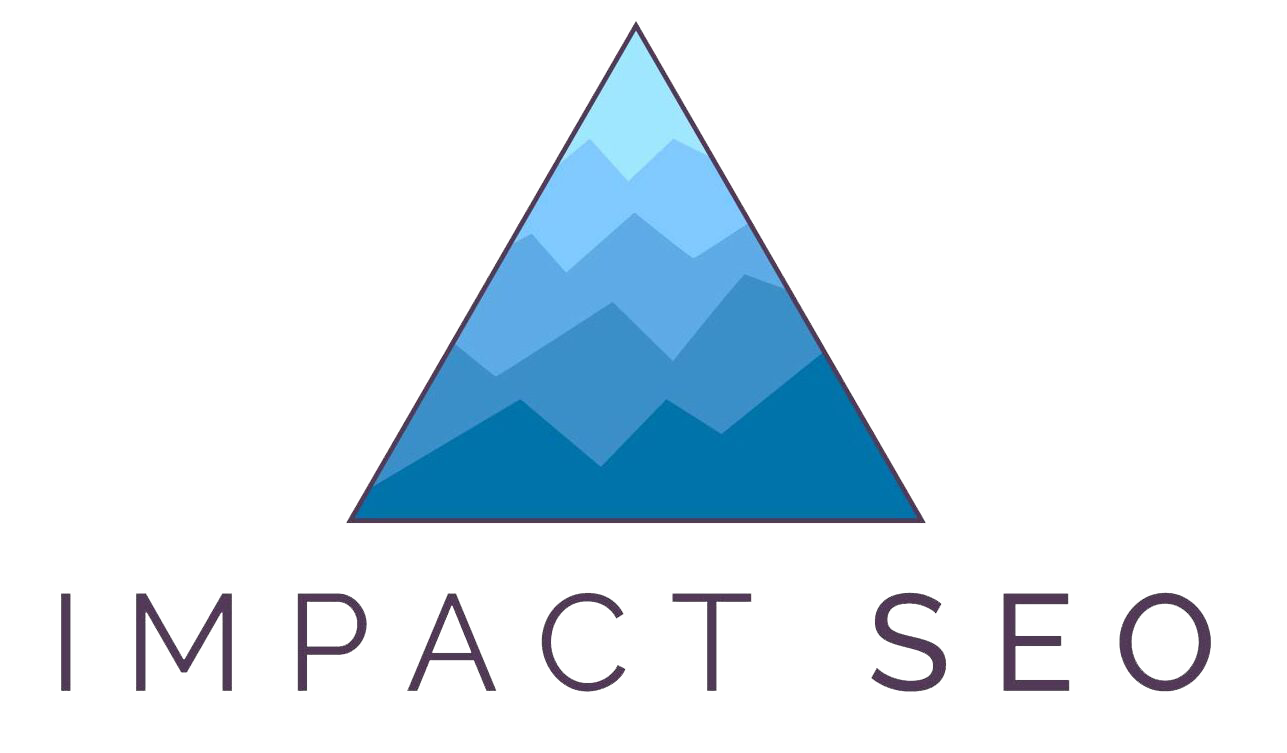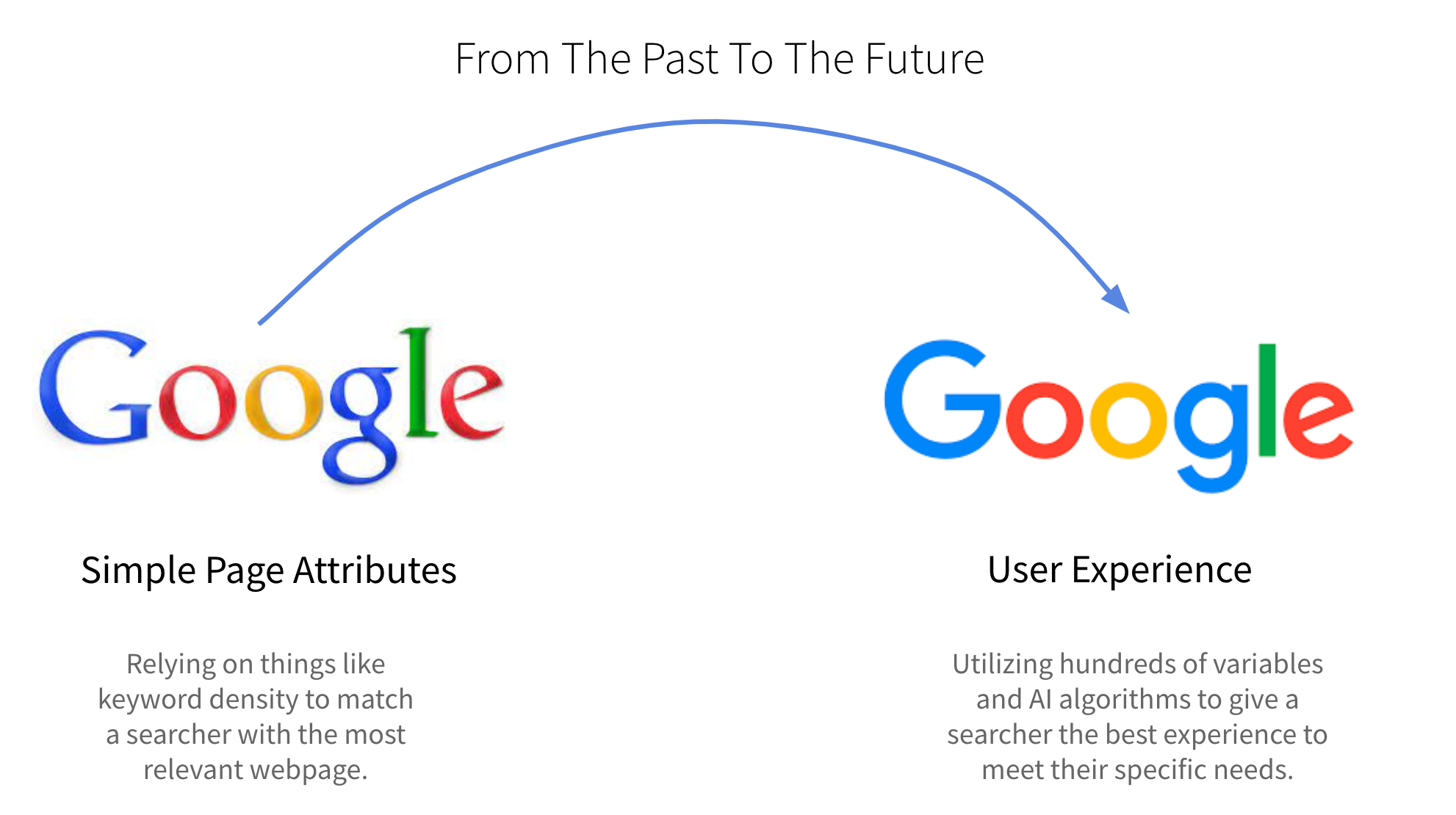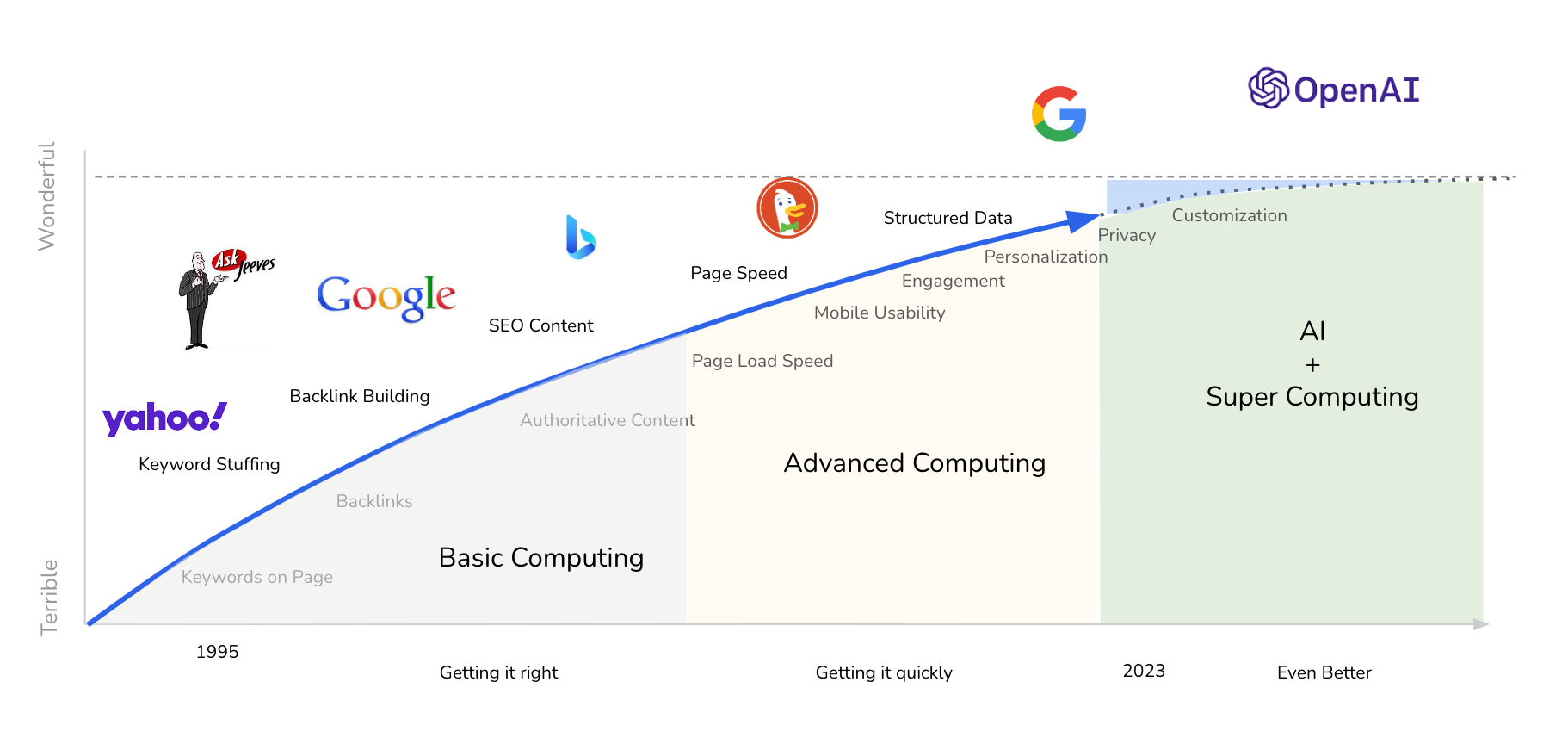Our goal as marketers and communicators is to raise awareness and build trust for the efforts of our organization.
The Bad News: Many of the proven methods we have used are now unavailable or ineffective.
The Good News: We have the opportunity to adapt and become even more effective than before.
Now is a critical time to examine and refactor our digital approach.
Here’s how digital marketers can navigate the environmental nonprofit space:
First Things First
Let’s first clarify why marketing for environmental nonprofits is different from other types of marketing.
Then we can evaluate how to adjust our marketing to meet our unique needs.
Our Audience
Segments within our target audience vary considerably. We must acknowledge that we have different types of potential supports, each with their own set of motivations.
- Current Supporters – Already supporters, likely to continue supporting as long as we don’t alienate them.
- Will Support – Likely to support, just aren’t aware of our cause yet.
- Might Support – Likely to support but need a lot of education.
- Unattainable – Unlikely we will be able to get them on board regardless of how much education we provide.
Not only do we have different types of prospects… we also have different interests and motivations amongst our target audience. Some may be very interested in plastic pollution, while others care much more about saving endangered species.
Our Campaigns
We mostly run longterm campaigns. Unlike the Labor Day shoe sale of an ecommerce company, Surfrider’s Rise Above Plastic campaign isn’t going anywhere anytime soon.
We make different decisions when we know we’ll be raising support for a cause for years, rather than weeks or months. We can play a longer education journey, leverage slower growth – but higher ROI – channels, and we have more time to learn and improve.
Our Economics
Due to the nature of nonprofits, we’re often fueled more by passion than profit. While a few of us are well-funded, most of us are working on what feels like a shoestring budget.
That means we feel like we need to be “scrappy” and we make decisions accordingly.
We might bring on interns for a project instead of hiring an expert. We may work extra hours without compensation instead of hiring additional help.
But, are we working as smart as we are hard?
Given our responsibility to shift the trajectory of our culture and our planet, we must regularly and rigorously evaluate our effectiveness.
Here’s a good place to start…
Leverage Channels That Work With Our Strengths
Here’s how we can leverage the top 3 digital channels to maximize our output.
Channel 1: Our Website
Content on our website is our core education and trust-building foundation.
Our websites are a reference, guide, and educational platform that never sleeps.
Almost every other digital marketing effort brings prospects back to our website at some point.
That’s why the information we provide on our sites and the way we organize it, is so important.

How strong is your foundation?
Do you have content that will build trust with your website visitors?
Tips for A Strong Foundation
We need to cover active search – when someone is actively searching Google about a topic (not passively scrolling through their social media feed), we need our site to come up at the top.
We need to have support for other channels – when someone comes to our site from another platform or a news article on another site… we need to give them the deeper information they are yearning for.
We need to do it right – we often only get one shot to make an impression on a visitor.
- Be organized and thoughtful – consider the user’s experience
- Be thorough – once someone arrives on your site, you want to be the one providing information. Don’t make them go back to Google search to fill in the gaps.
- Be optimized – make sure you can be found through Google search.
We need to understand the journey our supporters follow as they learn about an environmental issue. Know what they are searching on Google search. Create an easy to follow roadmap for them.
Video Case Study: The Value of User Experience
How much of your budget are you investing in website content that will get stronger with time and support all other channels?
Channel 2: Social Media Presence (Organic)
Our Social Media (SM) efforts often appear more impactful than they really are.
Constant notifications and vanity metrics make us feel like we are getting traction, but when we map effort and spend back to key metrics like leads, supporters, and donors… SM rarely outperforms other channels.
The Good: Organic SM is valuable for fostering support with followers, keeping a pulse on trends, and conducting market research. It also plays an important role in supporting other channels, but must be setup and executed properly.
The Bad: Organic Social Media is risky when it comes to our time and money, which likely has a bigger impact when focused on other areas.
The Ugly: Even though there is a lot of data around likes, shares, comments, and more… many of us aren’t setup properly to measure the results that truly propel our mission.
To overcome these challenges we need to be clear with ourselves and our teams about how Social Media fits into our growth strategy.
We need to make sure we are utilizing the biggest effort multipliers for this channel: custom audiences and retargeting.
Upon examination you might find that your energy and effort going into managing SM channels and trying to keep up with news and notifications isn’t nearly as effective as other digital channels.
Why we need to be careful about our time and budget investment:
- We can’t control the environment. Platforms like Facebook tweak their algorithm and ban pages without explanation or warning.
- Our audience is not on SM to learn about environmental issues. They are there primarily to see what their friends are up to, be entertained, and finally to be informed (get the news). We are only in someone’s news feed if they are already following us, or we’re paying for their attention.
- We can easily get distracted by vanity metrics and over-management. These platforms are designed to keep your attention as long as possible. It’s very easy to get sucked in and lose time.
Why we still need to maintain a presence:
- Keep our current supporters updated and engaged. It is still a great way to share info and updates.
- Get feedback from our community and continue to update our understanding of how you can serve them.
- Amplify our website content and bring potential supporters back to our site.
- Make our paid efforts more effective by leveraging custom audiences and retargeting .
How much time and money do you spend on managing your organic Social Media channels?
Channel 3: Paid Search & Paid Social Media
Paid channels are powerful when used properly.
Benefit: They can be very effective in reaching prospective supporters.
Risk: Spend can be superfluous when used to continually engage existing supporters instead of using less expensive channels like our website, organic SM, and email.
This is another great area for us to evaluate the effectiveness of our spend.
When we are using budget effectively, we’re spending money to raise awareness with focused campaigns. We reach people who are likely to be supporters and who we wouldn’t likely reach through other channels.
We should be able to rely primarily (but not entirely) on our website content and organic social presence for trust building.
The stronger our foundation of website content is, the more effective our paid efforts will be. If we’re going to pay money to get someone to come to our website, we better have the information they need there waiting for them.
Benefits of Paid Search and Paid SM:
- We can reach potential supporters via targeted advertising.
- We can quickly test different communication approaches to see what works.
- We can conduct market research and improve all of our channels.
Risks of Paid Search and Paid SM:
- Over-reliance – Too many of us got comfortable with relying on paid efforts for our entire funnel. Yes, it works, but it’s too expensive. Now when we have budget cuts we’re feeling the pain of not investing in evergreen channels earlier.
- Competition – We rarely have the budget to outspend competing interest groups.
How does paid search and paid Social Media fit into your digital funnel?
Our Economic Analysis
We have limited time and limited budget. AND we’re on a serious deadline to change the trajectory of our culture and planet.
We need to routinely and rigorously examine how we spend our time and money so we can truly perform our best and accelerate our organization’s mission.
How are you evaluating the effectiveness of your spend?
I recommend using a simple scorecard to compare channel and campaign performance.
Scorecard: A Framework for Evaluating Marketing Spend
In this post I share how to set goals, set up a simple evaluation scorecard, and get the data you need for it.
- Evaluate your effort vs outcome by channel or campaign
- Measure progress effectively and back it with reliable data
- Experiment the right way so you get stronger with time
- Communicate your performance effectively with your team
- Monitor the health of your campaigns and fix issues earlier
For more tips and tricks to make your marketing more effective, subscribe to my weekly email:






